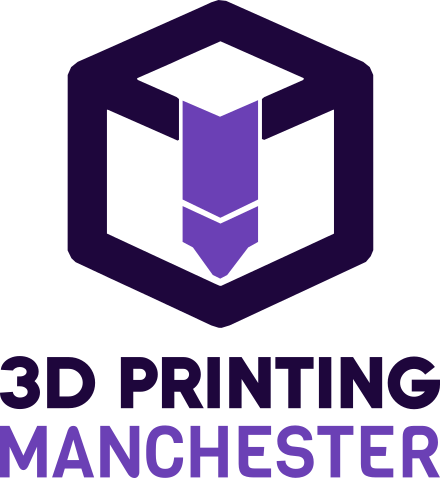3D Printing Materials
3D Printing Options
Our 3D printing service Manchester offers customers the best 3D designs. We do this by carefully selecting materials that pass our laid-out requirements. Materials in additive manufacturing technology systems are defined by technology and performance metrics. Our 3D technology transforms material through external heat, light, lasers, and other-directed energies.
Therefore, the ability of a material's mechanical composition to react positively to a certain energy, couples that material to a technology that can deliver your desired change.
At 3D Printing Manchester, our 3D printing service offers many of the thermoplastics and industrial materials you’d find in conventional manufacturing. We also have the ability to print high performance composite prototypes and end user parts. Utilising carbon fibre and filaments. This is why we ensure a strict examination of the materials of choice.
There are criteria a certain material must have before we use them for designs. These requirements have been grouped under different purposes such as application, geometry, function and post processing.
Contact Us 24/7
3D Printing Materials - application and function
When we are choosing a material and 3D printing process for different applications, we ensure that our material can deliver under : Biocompatibility, Sterilization capabilities, Thermal/Heat conductivity, Chemical Resistance, and certifications for Skin contact. At 3D printing Manchester, we subject our materials to rigorous testing in order to determine the kinds of stresses they can endure and the level of taxing environment the material will thrive in. Although the ability of a material to function in the desired application relies partly on design.
3D Printing Materials - Geometry and Post-processing
Under this requirement, 3D design Manchester considers and focuses on the : dimensional tolerances of materials, minimum feature execution and the material's wall thickness. When we help our clients create 3D printed designs, we then proceed into giving these designs beautiful and final touches. In a bid to achieve this with the right post-processing of our finished designs. We therefore, check for compatibility between our materials and the necessary post-processing methods before selecting the printing materials.
3D Printing Plastics
The quality of 3D printers we have available to us all a wide breadth of plastics to be utilised. The plastics we use in 3D printing Manchester are high performance, engineering-grade materials that exhibit many of the same properties of injection moulded plastics. Each will have certain features and benefit's which may, or may not make it suitable for your 3D design.
ABS - M30
This is 25-70 stronger than standard ABS (Acrylonitrile Butadiene Styrene) making it ideal for concept modelling. As well as being stronger, they are smoother allowing better feature detail.
ASA
Acrylonitrile Styrene Acrylate is strong and UV resistant and comes in 10 colour choices. It's UV resistance makes it a good choice for outdoor use.
PC-ABC
Superior strength and heat resistance
PLA
Inexpensive hobbyist material useful for quick economical design concepts as it requires less power and heat to print. Comes in 11 colours including transparent.
FDM TPU 92A
For large and complex elastomer parts. The durable flexible properties make it ideal for tubes and vibration dampeners.
Diran 410MF07
Smooth, low friction, tough material - tough enough for tooling, with resistance to hydrocarbon based chemicals
Metal 3D Printing
The 3D printing systems we use allow engineering teams to make to make metal parts faster, without the need for special facilities or dedicated operators. With additional smaller print heads new geometries and profiles can be produced. Existing 3D metal printing systems weld parts to supports requiring machining or wire EMD to remove the part. We are able to utilise a ceramic interface layer which disintegrates in the furnace to make it possible to remove support structures by hand, simplifying post-processing significantly. Most metal 3D printing utilises various grades of steel with differing properties.
3D Printing Composites Carbon Fibre
We also make use of carbon fibre's versatility, because they are rarely used on their own. Here, We combine them with other materials to form composites we can print high-performance prototypes and use-end parts. Carbon fibre reinforced filaments offer stronger, sturdier and lightweight parts. By adding carbon fibre to base materials such as PLA and PETF we are able to create parts that offer strength comparable to titanium but in a much more cost effective manner. These will often perform better than their 3D metal printing.
Need help?
Looking for a Legacy Additive Manufacturer solution?
Frequently Asked Questions
